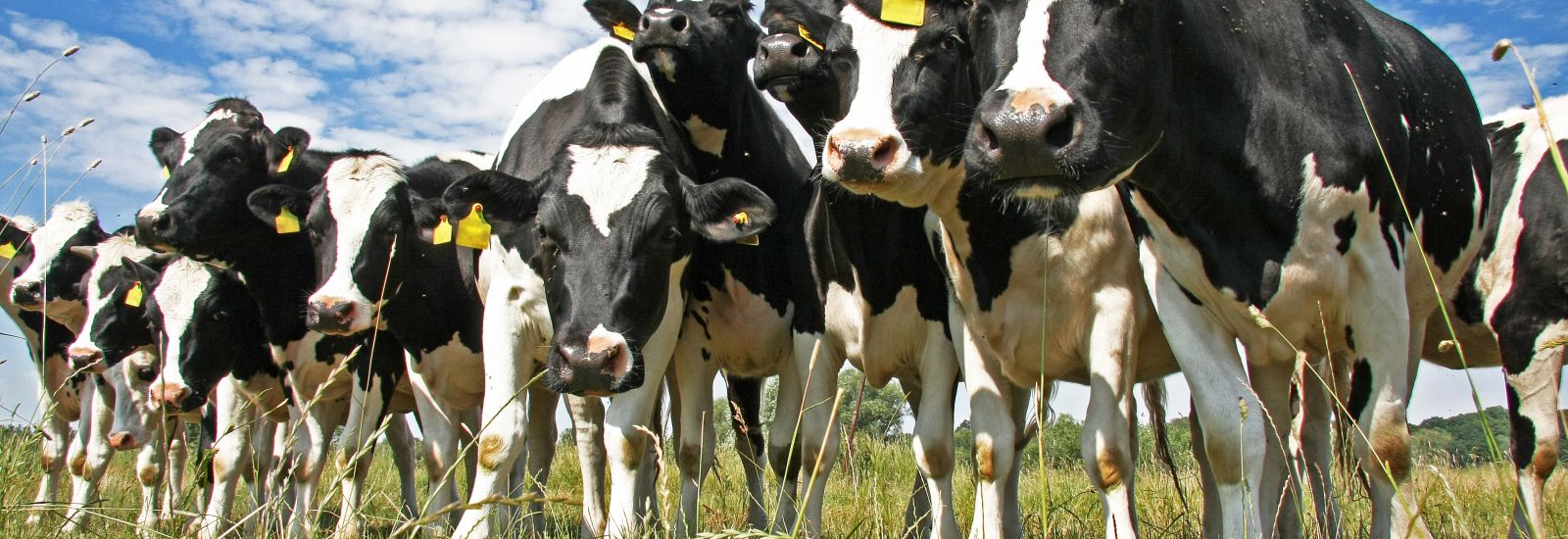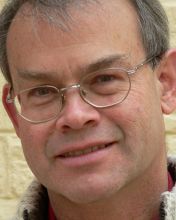
Mike Mason
I’m sitting down in front of a Tupperware container of green algae. It’s slightly anomalous next to my coffee in Mike Mason’s conservatory. The house itself is in a part of Oxford I’ve never ventured into before. Two miles down the Thames towpath, across Iffley Lock, I come for the first time to the enchanting Iffley Village.
Mike is a fascinating individual. Several times entrepreneur, he says he decided to retire 20 years ago (despite currently studying for a DPhil and running several businesses). 'I decided I didn’t want to build a business that I didn’t have a passion for. I wanted to go back to Africa to chase poachers and save elephants. But I quickly realised that climate change was an existential threat, and if we couldn’t deal with that, there was no point in saving the odd elephant.'
His current research, as a DPhil student at Christ Church, tries to challenge the way we think about biomass – 'a grossly undervalued renewable energy'. Specifically, he is interested in how we can harness methane (a significant byproduct of digestion in cows) to unlock a huge new renewable energy opportunity.
'What I'm trying to do is to understand why a cow is so unreasonably much better than a human-designed anaerobic digestive plant at digesting the same lignocelluosic material, or "cud". The aim here is to generate electricity at a cost comparable to that of new coal-fired power generation.'
He continues, 'A cow digests the difficult bits of a plant 10–30 times as fast as an anaerobic digestion plant. If we could emulate the cow, we could shrink the physical size of anaerobic digesters dramatically and that would drive the cost down hugely'.
Mike tells me about one of the questions his research looks at: 'The fundamental question is: why does a cow spend so much time chewing cud, is that part of its anaerobic efficiency? The research into this is utterly interdisciplinary: I’m working with veterinary scientists, dentists, engineers and water treatment specialists. What is it about a cow’s method of digestion that makes it so uniquely efficient?'
Mike’s work can be tested as a commercial reality through his existing enterprises. Tropical Power is one of Mike’s business ventures. It describes itself as 'an engineering, procurement and construction (EPC) company based in the UK and with a subsidiary in Nairobi, Kenya. The company provides EPC services to companies delivering renewable energy from biomass and sunshine. We are currently building Africa’s largest anaerobic digestion power plant in Kenya, which will deliver clean energy from vegetable and plant waste'.
This entrepreneurial background gives Mike’s attitude to alternative energy fuels a directly practical and commercial slant. It isn’t as if environmentally friendly energy sources don’t exist, but what he’s interested in is developing much more efficient ones. Then, 'If you make the technology, cheap, profitable and easy to operate, people will just do it. You’re not selling people something they don’t know they need, people know they need food and fuel. Energy is so fundamental'.
With eggs in so many different baskets, what would you like to see as the ultimate legacy of your work, and particularly of your research at Oxford?
'I can see huge value in continuing with the research into this space, because it is potentially a trillion dollar usable renewable energy space that needs someone to work in it. I'd like to see human anthropogenic greenhouse gases start to decline… and the key to that is creating energy sources that are cheap, freely available and environmentally friendly. They have to be cost competitive, convenient and sustainable.'
What do you find most satisfying about your work?
'All of it. It’s all been fun. If it’s not fun, don't do it.'
